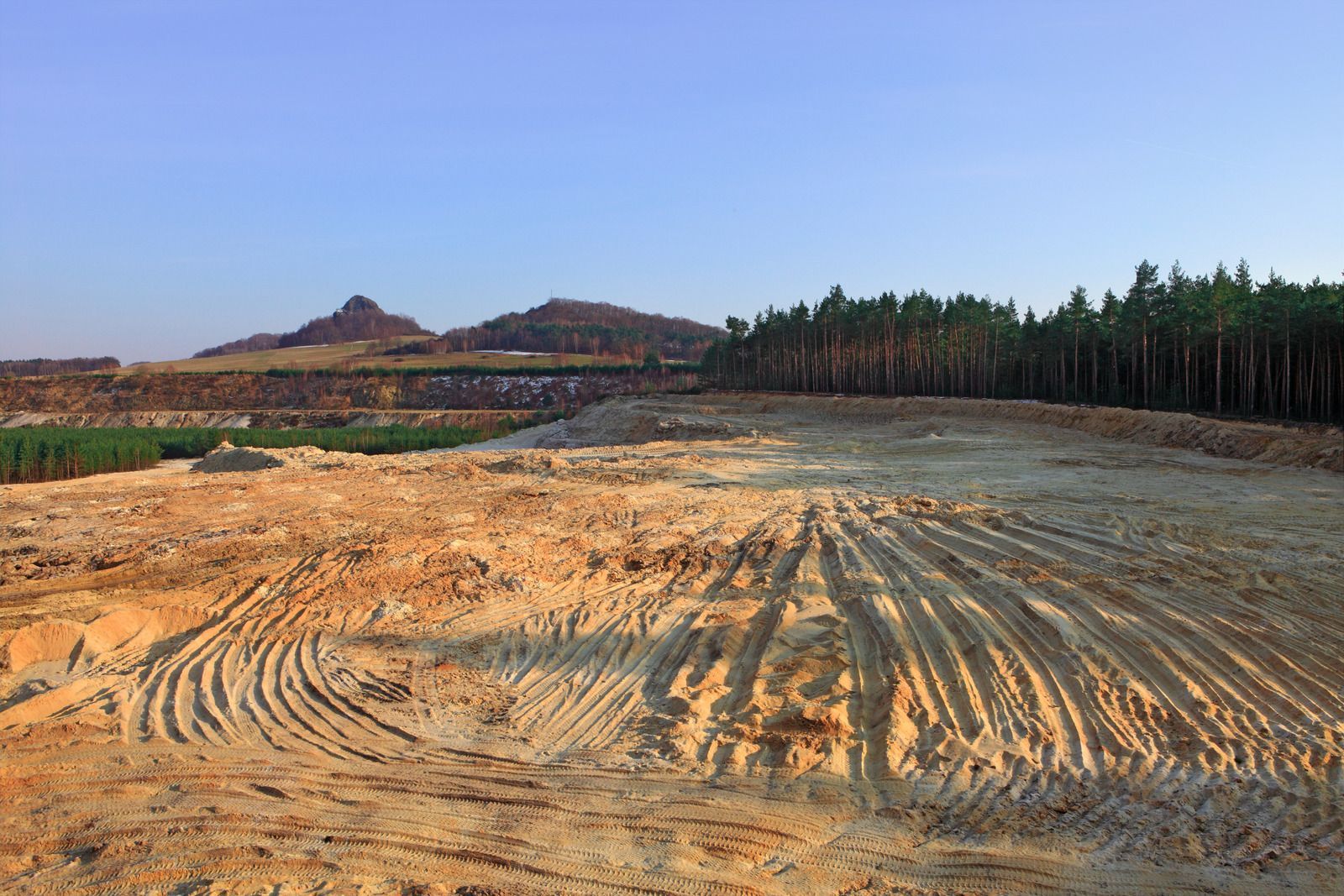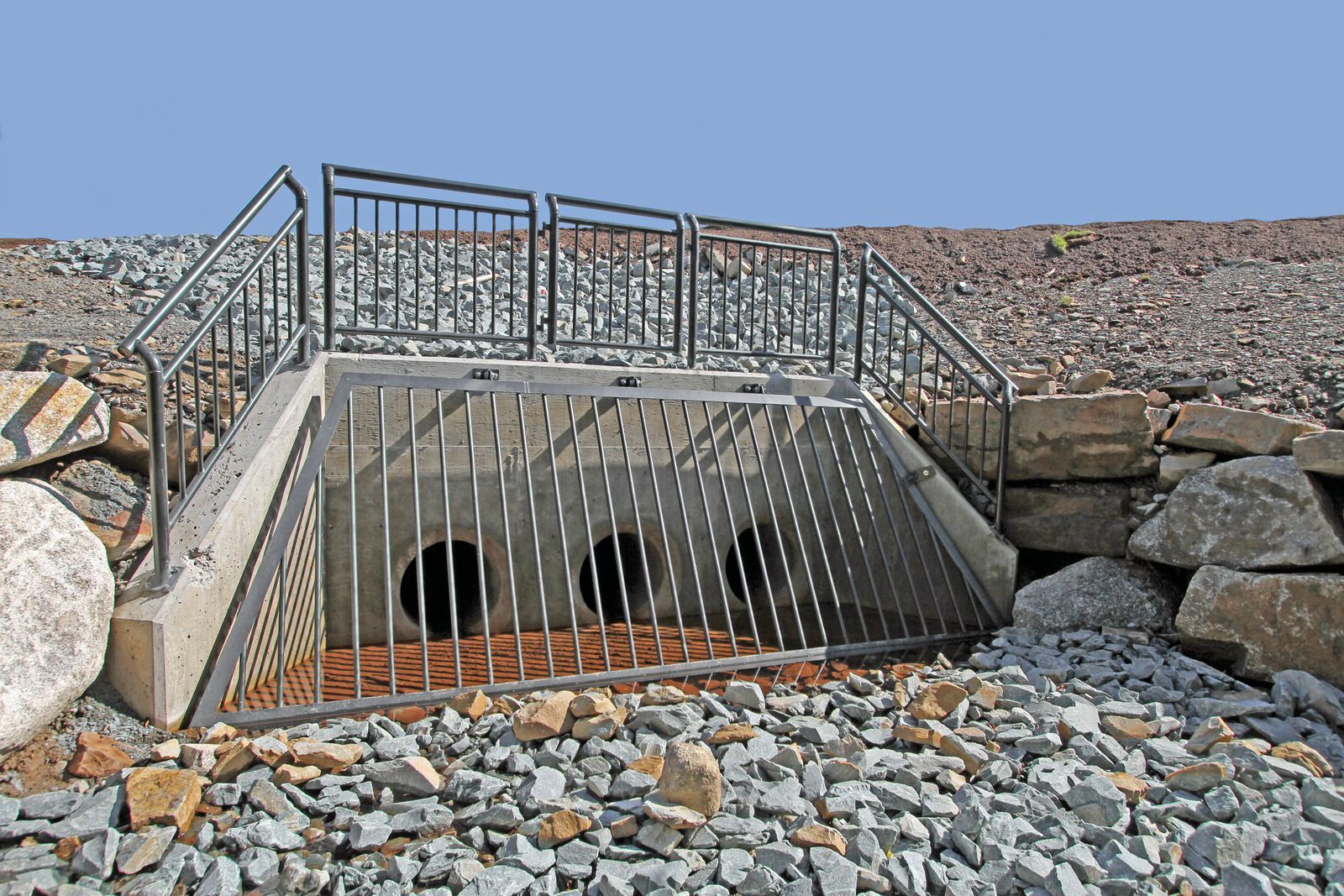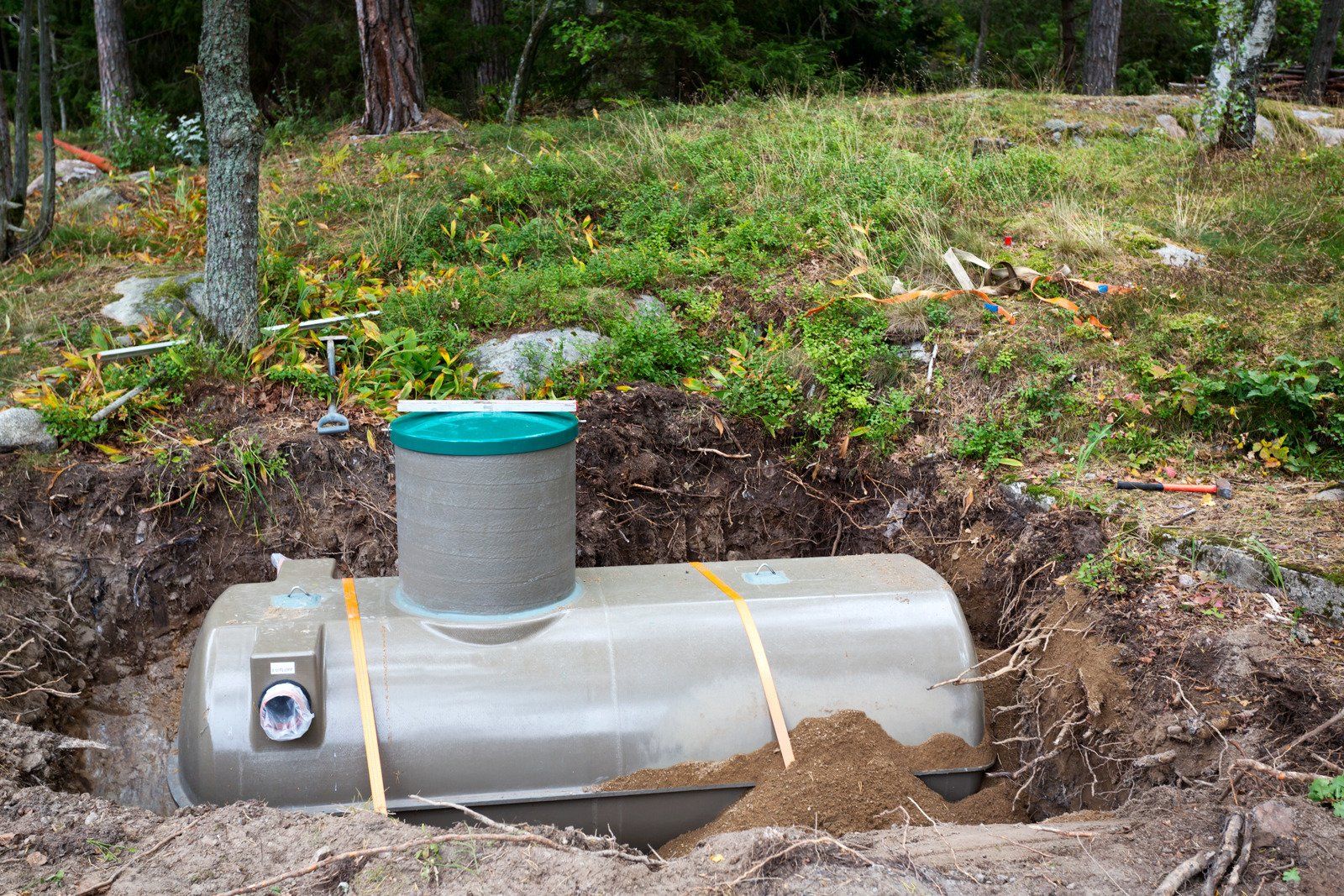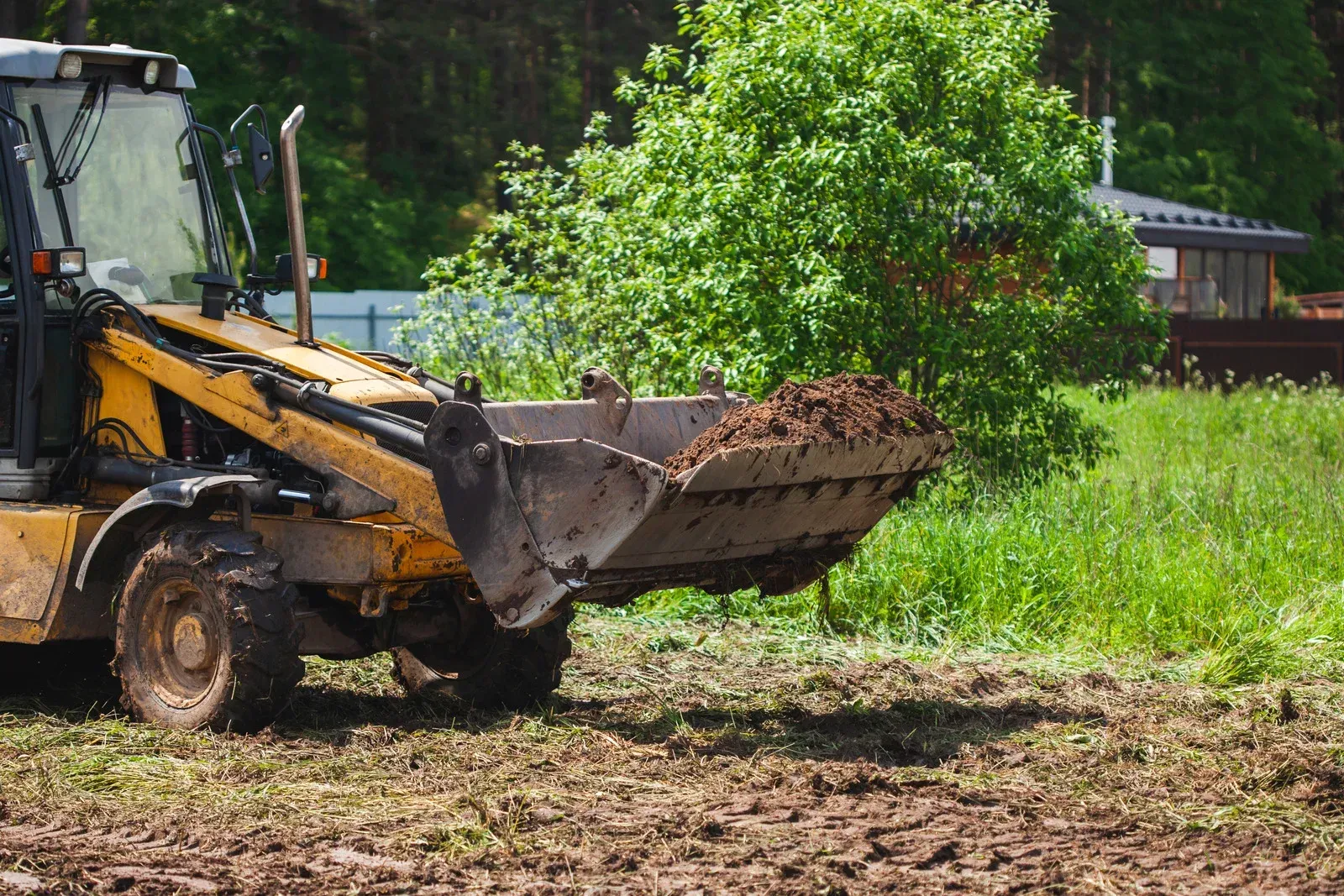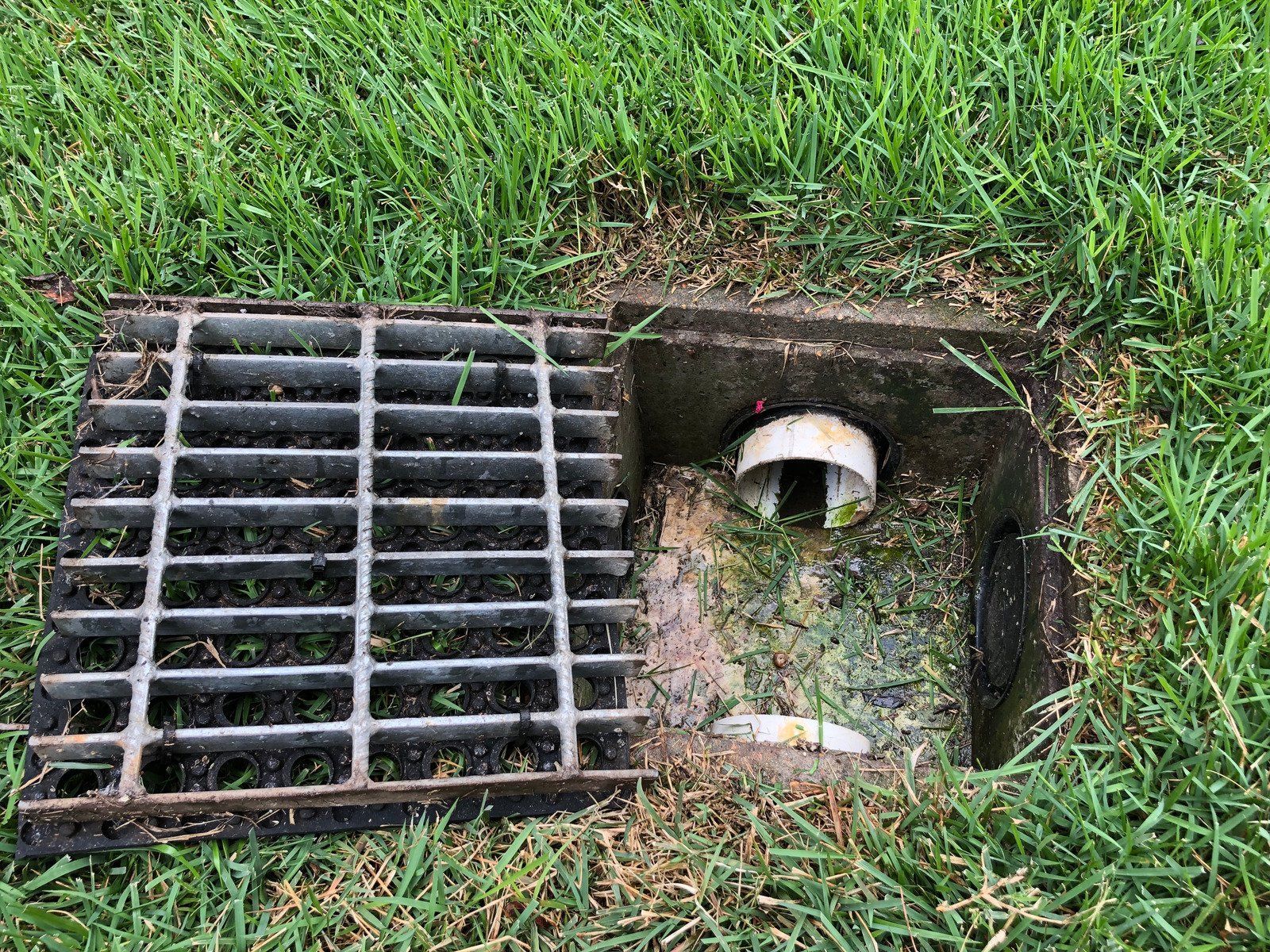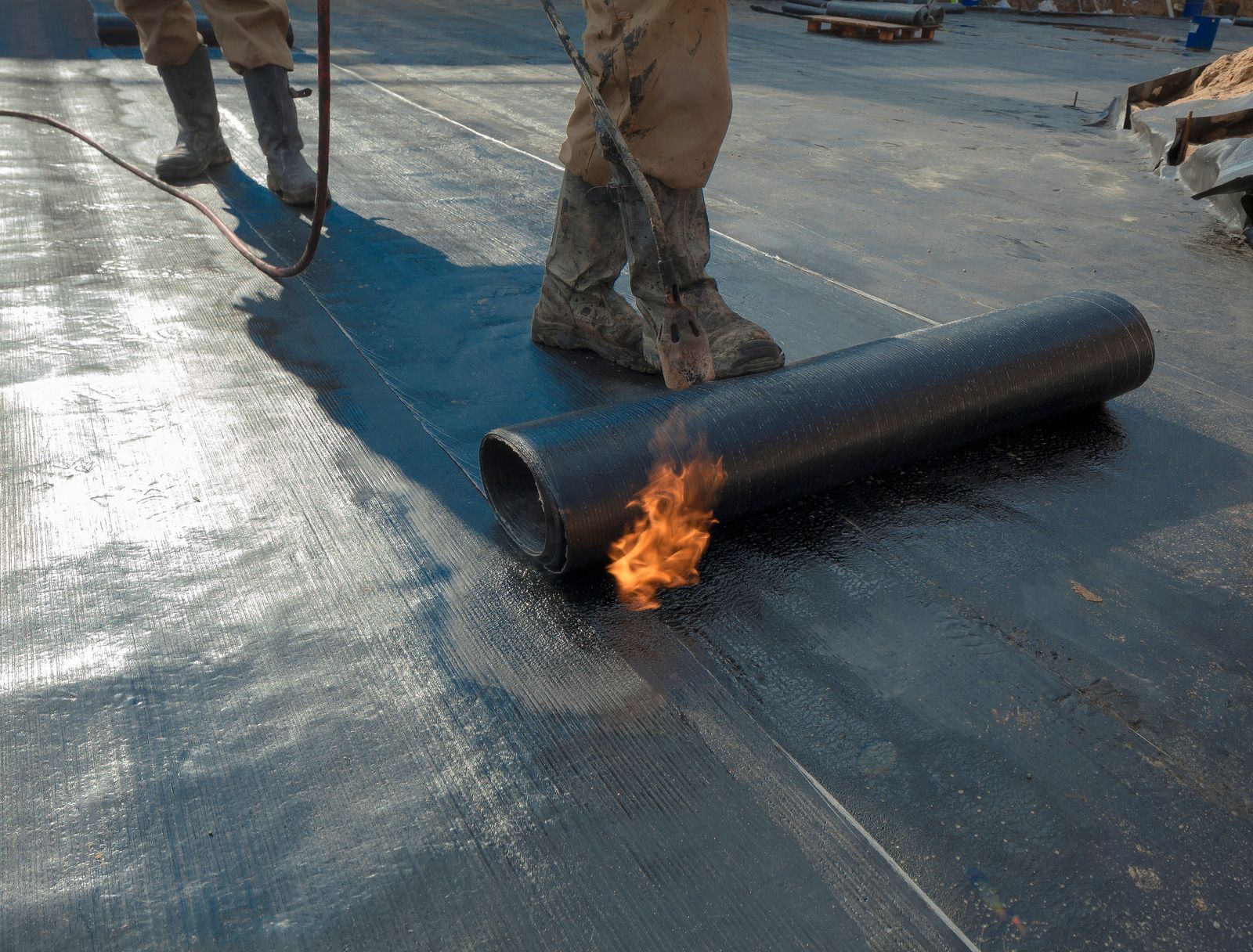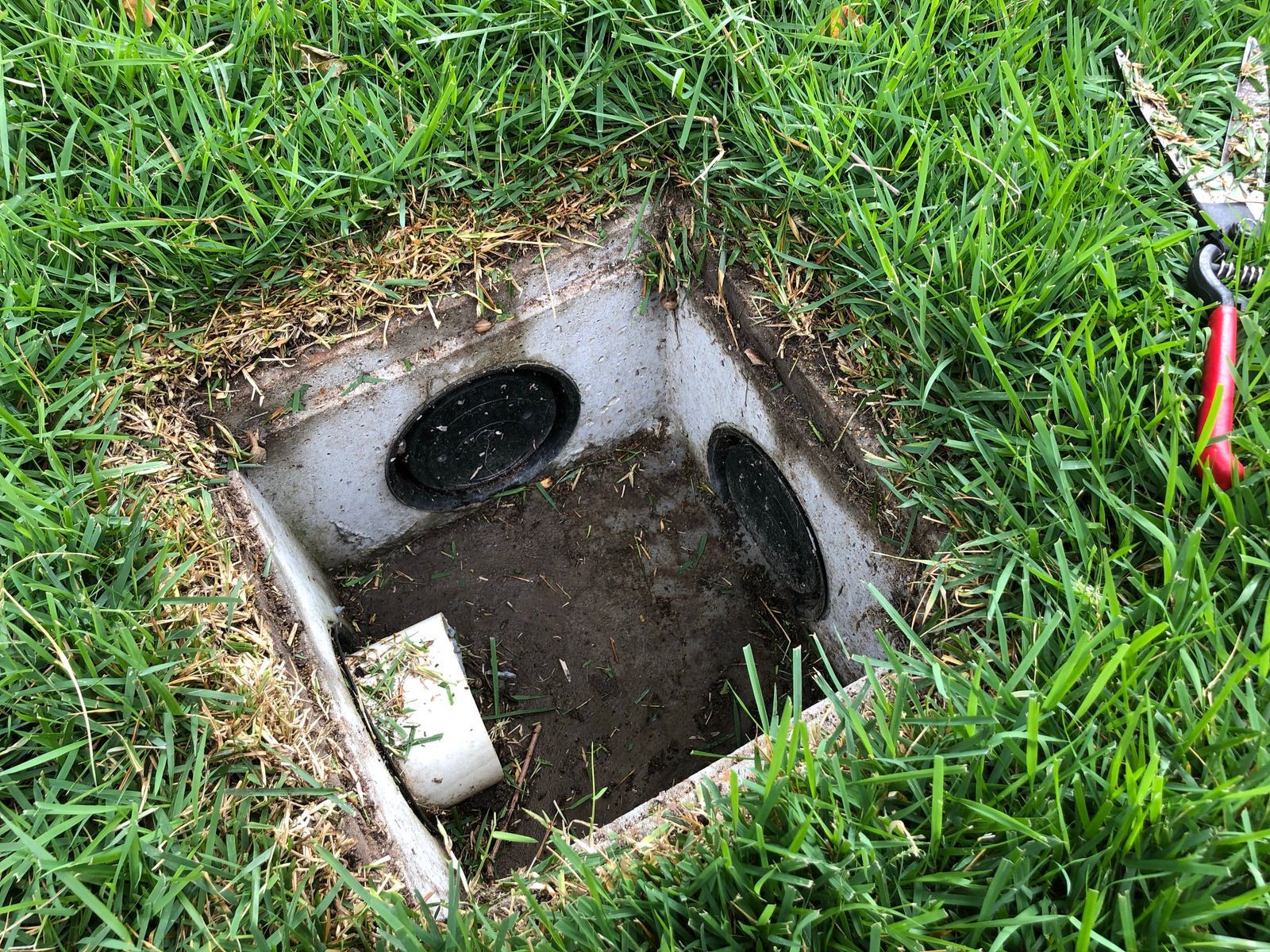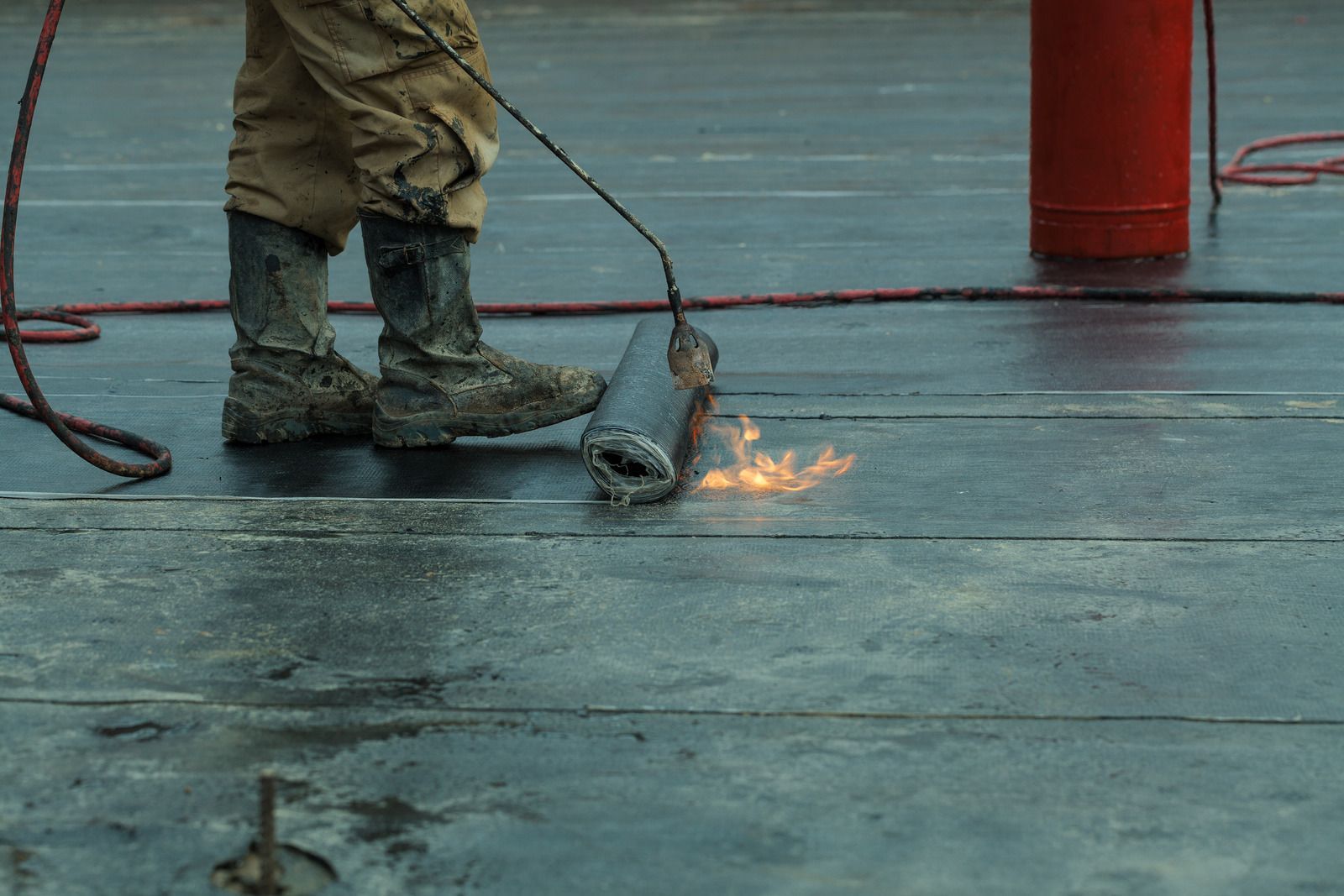Licence: 1016499, Contractor: CONE40009, Entity: 10025559
Call us today 907-522-4457
Best Practices for Sustainable and Efficient Site Preparation in Anchorage, AK, and Surrounding Areas
Site preparation is where the real magic of construction starts. It’s setting the stage for everything that follows. And as our world grows increasingly eco-conscious, ensuring our site prep is sustainable and efficient isn't just good for the planet, it's becoming an industry standard. Here's how to do it right.
1. Planning and Assessment: Know Before You Go
Survey the Land:
- Get familiar with the lay of the land. Check out maps and conduct soil tests. This way, you’ll know what challenges might pop up.
Spot Natural Highlights:
- Big trees? A pond? Keep them. They’re good for nature and can make the finished project look even better.
Figure Out the Best Entry:
- Think about how to get onto the site. Choose entry points that cause the least disruption. It’s simpler and causes less harm.
2. Tackling Soil Erosion: Keep the Dirt in Its Place
Leave Vegetation Alone:
- Only clear what you need to. The more plants and trees left untouched, the less dirt and mud will run off when it rains.
Barriers Are Your Friends:
- Use things like silt fences. They keep dirt from running into nearby water, which is good for fish and plants.
Think About Water Flow:
- Features like swales can direct rainwater. This way, it doesn’t wash away important parts of your site.
3. Handle Waste Smartly: Less is More
Reuse and Recycle:
- Got leftover wood or metal? Think about recycling. It’s better than just throwing it away.
Choose the Right Team:
- Work with people who hate wasting stuff as much as you do. They’ll be more careful and will save resources.
Order Just Enough:
- Measure twice, order once. By getting only what you need, you won’t end up with unwanted materials.
4. Machines: Use Them Wisely
Pick the Latest Models:
- Newer machines usually pollute less. They’re better for the environment and can even save you money in fuel.
Keep Machines in Good Shape:
- Machines that are well-kept work better. And there’s a lower chance they’ll leak oil or other pollutants.
Don’t Let Machines Just Sit:
- If a machine isn’t being used, shut it off. It’ll save fuel and cause less pollution.
5. Materials Matter: Choose Wisely
Buy Local:
- Getting materials from nearby can cut down on pollution from transportation. Plus, you’re helping local businesses.
Think Green:
- Look for materials that are good for the planet. Recycled steel or sustainable wood can be just as good as traditional materials.
Skip the Plastic When You Can:
- A lot of materials come wrapped in plastic. If you can, choose options with less packaging or recyclable wrapping.
Getting a site ready for construction doesn’t mean you have to harm the environment. By planning well, making smart choices, and working with the right team, you can get the job done efficiently. The earth will thank you, and honestly, you might even save some money. As you move forward, keep it simple: think about nature, reduce waste, and work smart. Your project will be off to a great start.
